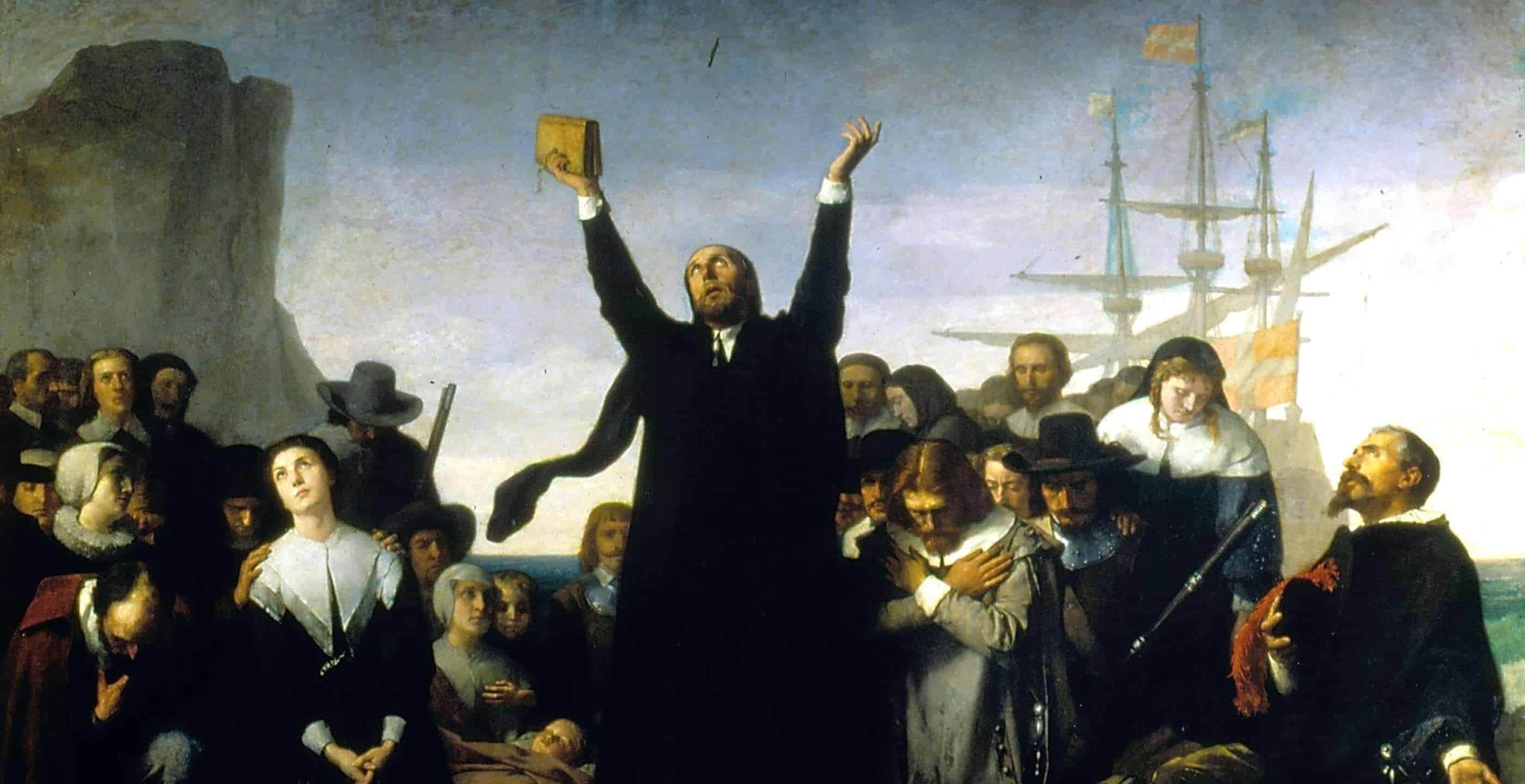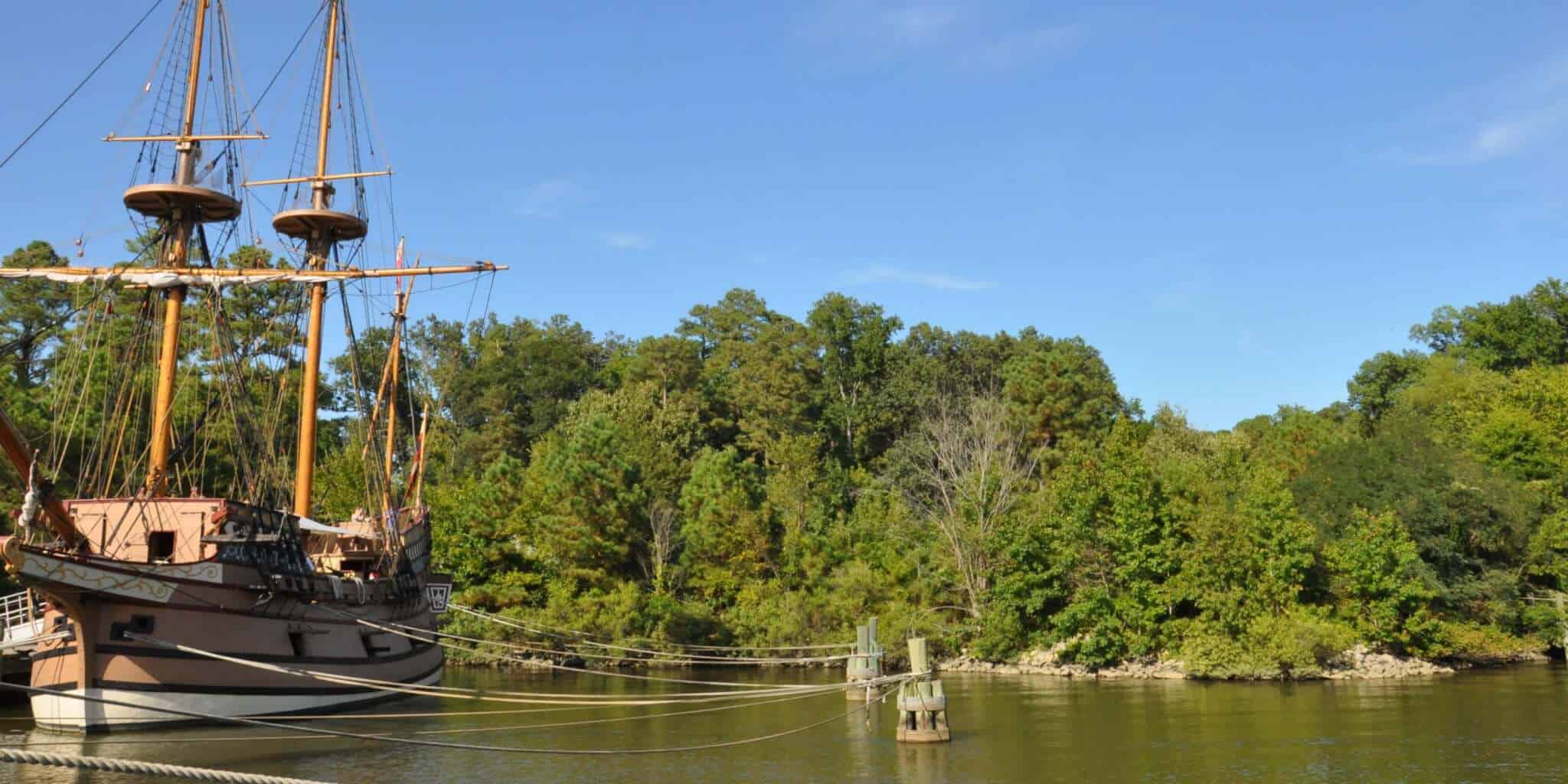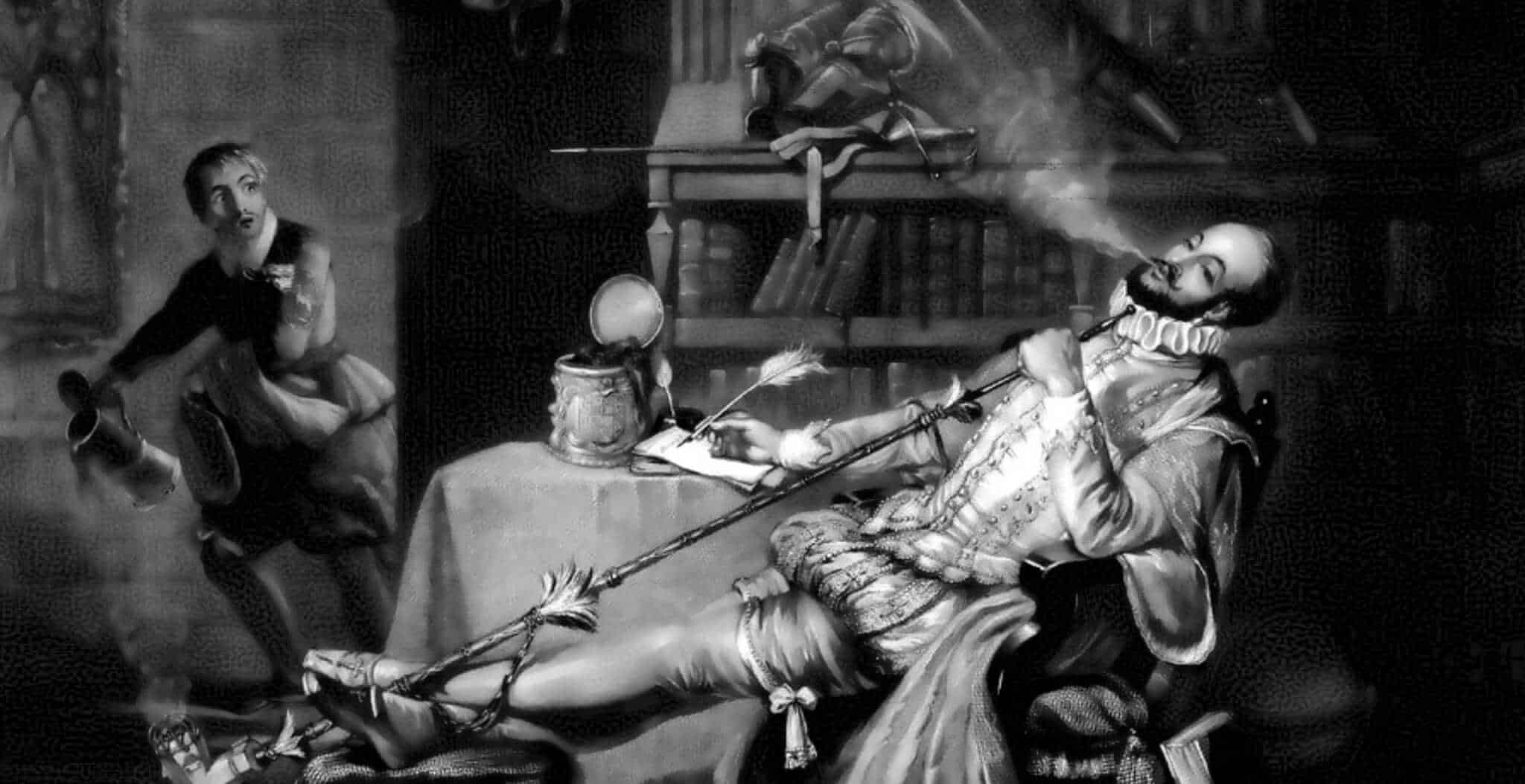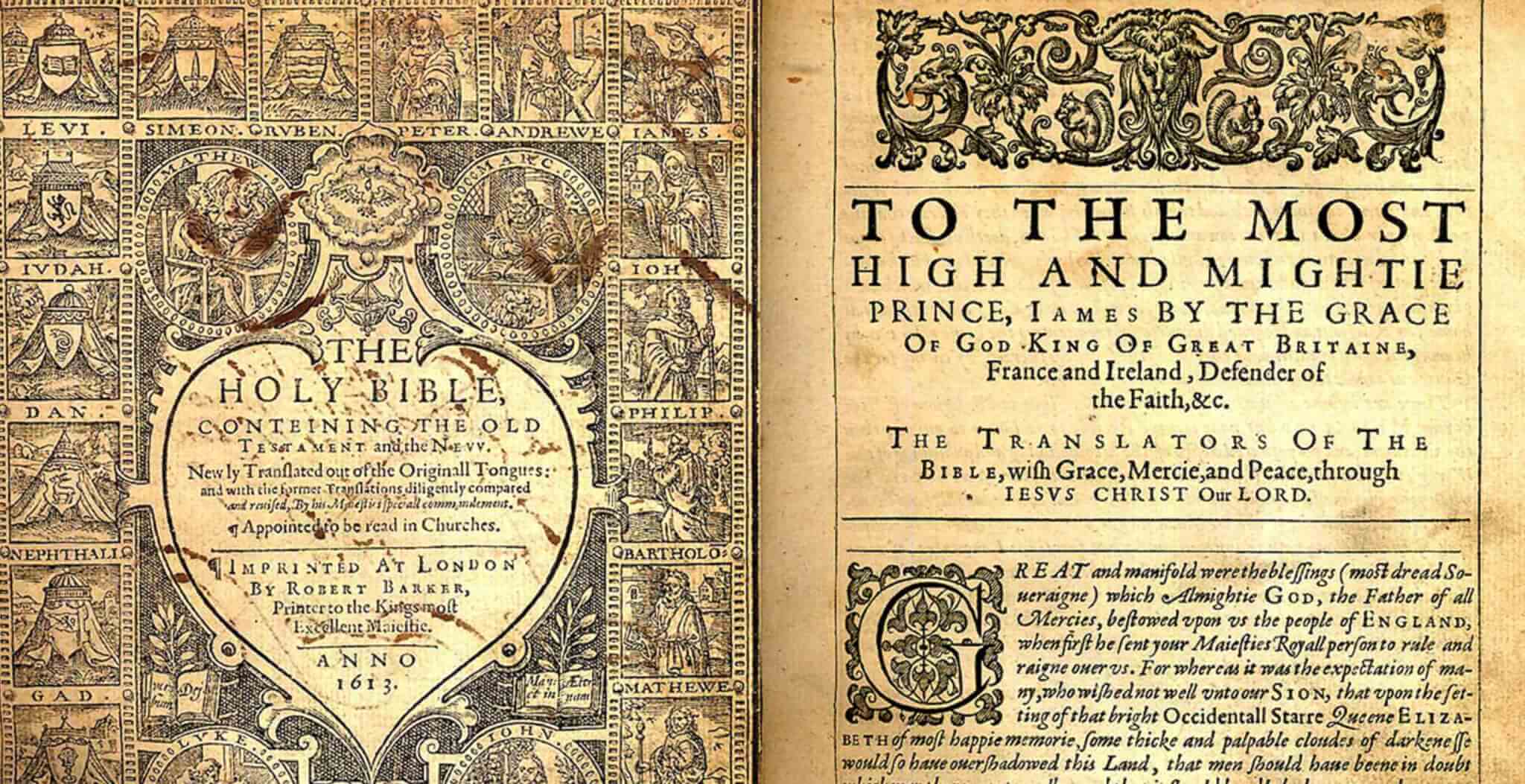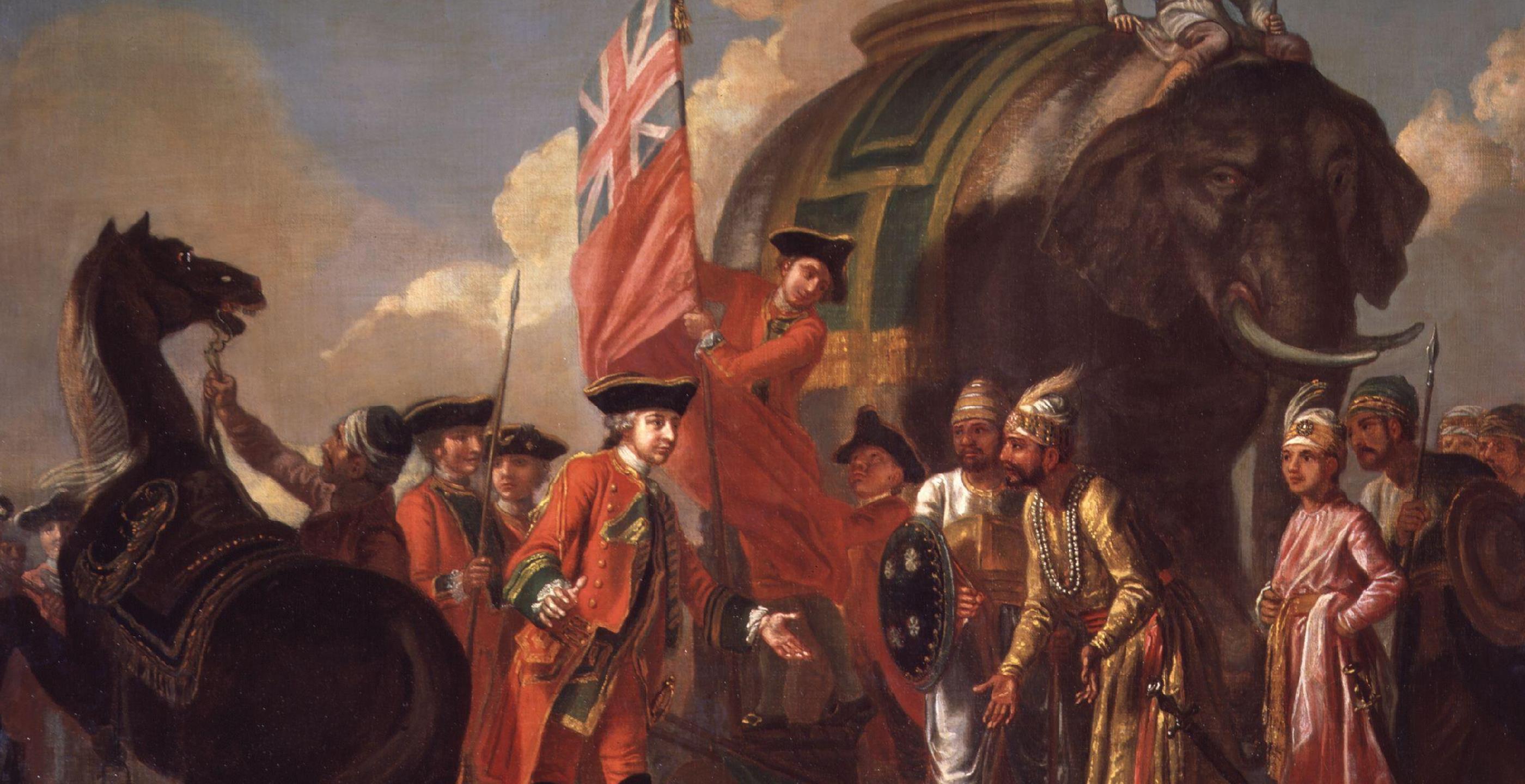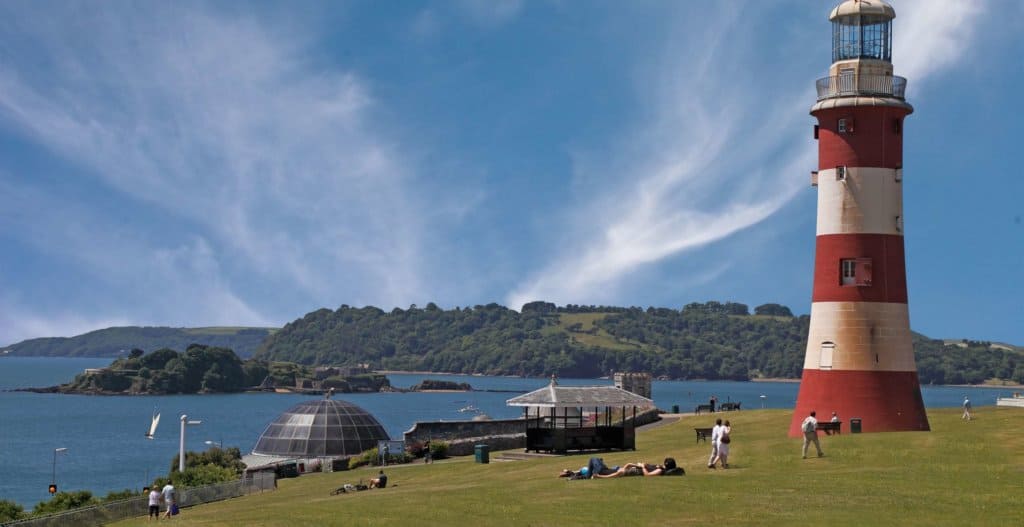In the autumn of 1620 the Mayflower, a merchant ship which normally carried goods and products, set sail from the port of Plymouth and began an intrepid journey with around one hundred passengers eager to start a new life in a distant and unexplored land across the Atlantic.
The ship set sail from the southern coast of England in September with a number of passengers keen to begin a new life in America. Many of these were known as ‘Saints’, Protestant Separatists who had experienced difficulty with religious freedom and lifestyle in Europe. The hope for many of these passengers was to establish in the New World a church and a way of life; they would later become known as the ‘Pilgrims’.
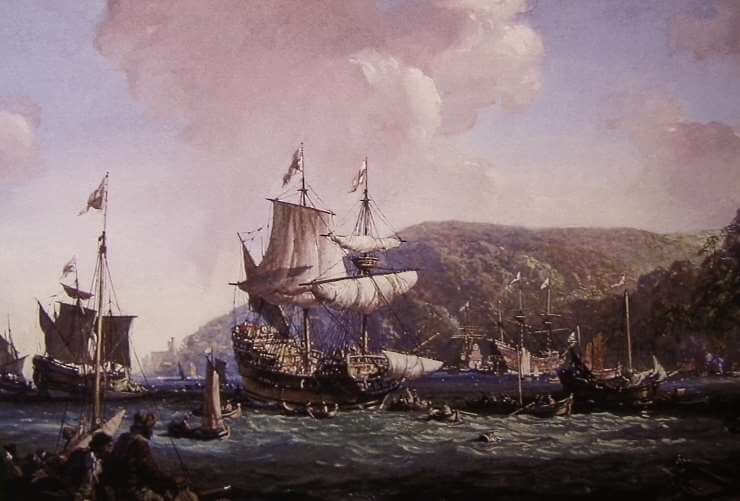
Many years before this journey, a number of dissatisfied English Protestants from Nottinghamshire left England to move to Leyden, Holland, keen to escape the Church of England doctrine which they believed was as corrupt as the Catholic Church. They differed from the Puritans who held the same concerns but were keen to rejuvenate and guide the church from within. Whilst the Separatists who moved to Holland experienced a freedom of religion not experienced back in England, the secularist society was difficult to get used to. The cosmopolitan lifestyle proved worryingly enticing for the Saints’ younger community members and they soon realised that their values were at odds with both English and Dutch communities.
They made the decision to get organised and move to a place free from distraction and interference; the New World beckoned. Back in London the arrangements were being made for the journey with the help of an important merchant who helped fund the expedition. Meanwhile, the Virginia Company agreed that a settlement could be made on the East Coast. By August 1620 this small group of around forty Saints joined a larger collection of colonists, many of whom were more secular in their beliefs, and set sail on what had originally been planned as two vessels. The Mayflower and the Speedwell were to be used for the journey, however the latter began to leak almost as soon as the journey began, forcing the passengers to fit onto the Mayflower in squashed and far from ideal conditions in order to get to their intended destination.
Families, lone travellers, pregnant women, dogs, cats and birds found themselves cramped aboard the vessel. Remarkably, the two pregnant women survived the journey. One gave birth at sea to a son called Oceanus and another, the first English child born to the Pilgrims in America, Peregrine. The voyagers also included servants and farmers who were intending to settle in the Colony of Virginia. The vessel included a number of officers and crew who stayed with the ship when it reached its destination and later still, during a severe and freezing winter.
Life on the ship was extremely difficult with the passengers in confined spaces, packed together like sardines. The cabins were small in both width and height with very thin walls making it a difficult place to sleep or stay in. Even more constricting were the below decks where anyone who stood over five feet tall would not have been able to stand upright. These conditions were endured for a long two month journey.
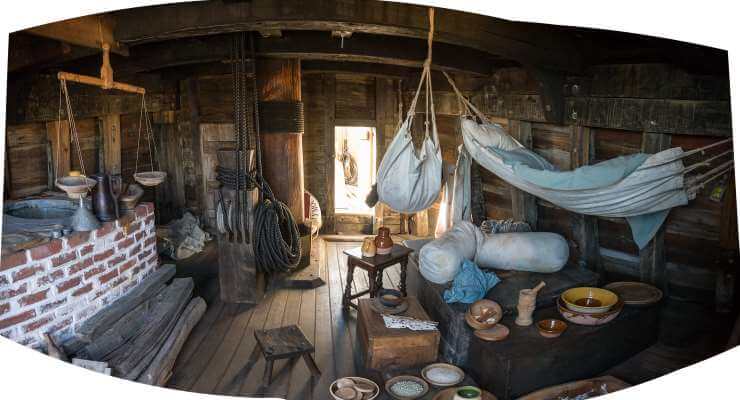
The arduous trip was time consuming and at many times mundane, with the voyagers forced to create their own entertainment such as playing cards or reading by candlelight. The food on board the ship was prepared by the firebox which was essentially a fire built on an iron tray filled with a layer of sand, making mealtimes a very rudimentary event for the passengers who took it in turns to cook from the fire and make meals out of daily food rations.
Other items aboard the ship included supplies that the passengers had brought with them to start a new life across the Atlantic. Whilst some pets were taken including dogs and cats, sheep, goats and poultry were also included. The boat itself was supplied with two other boats as well as artillery and what is believed to be other forms of weaponry such as gunpowder and cannons. The pilgrims did not only feel an enduring need to defend themselves against unknown entities in foreign lands, but also from fellow Europeans. The ship became a vessel not just for transporting people but also for taking the necessary tools in order to begin a new life in the New World.
The journey taken by the Mayflower was gruelling and proved to be a challenge for both crew and passengers alike. The ship’s crew possessed some devices to assist the journey such as the basics for navigation including a compass, a log and line system (a method to measure speed) and even an hourglass in order to track the time. However these tools would prove unhelpful when the ship was met with dangerous gale force winds in the Atlantic Ocean.
The problem of travelling in such treacherous conditions was compounded by the levels of exhaustion, illness, tiredness and general malaise felt onboard ship. The voyage proved to a dangerous experience with poor weather proving a constant hazard for the ship. Huge waves would thrash against the vessel continuously and at one point, part of the timber framework began to shatter due to the sheer force of the waves battering the life out of the vessel. This structural damage needed to be fixed urgently, so the passengers were forced to assist the ship’s carpenter in helping to repair the fractured beam. In order to do this, a jackscrew was used, a metal device which luckily had been taken onto the ship in order to help build homes when they reached dry land. Fortunately, this proved sufficient in securing the timber and the ship was able to resume its journey.
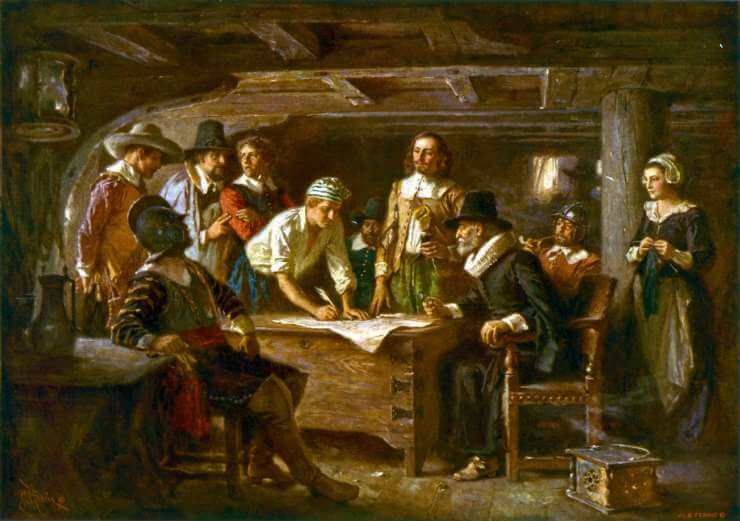
Eventually on 9th November 1620 the Mayflower eventually reached dry land, sighting from a distance the promising view of Cape Cod. The original plan of sailing south to the Colony of Virginia was thwarted by strong winds and bad weather. They settled north of the area, anchoring on 11th November. In response to the feeling of division within the ranks, the settlers from the ship signed the Mayflower Compact which essentially consisted of a social agreement to follow certain rules and regulations so that some kind of civil order could be established. This proved to be an important precursor to the idea of secular government in America.
The first winter for the settlers in the New World proved to be deadly. The spread of disease was rife, with poor living conditions aboard the boat and a severe lack of nutrition. Many passengers suffered from scurvy due to vitamin deficiencies which unfortunately was untreatable at the time, whilst other diseases proved more deadly. The result was that around half of the passengers and half of the crew did not survive.
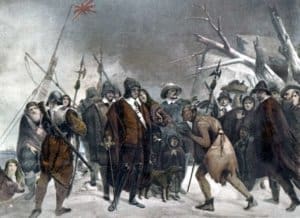
Those who did survive the harsh winter disembarked from the ship in March the following year and began their new life by building huts ashore. With the help of the remaining crew and their captain Christopher Jones, they proceeded to unload their weaponry which included cannons, effectively turning their small primitive settlement into some kind of defensive fortress.
The settlers from the ship began to create a life for themselves, along with the help of the native people of the area who assisted the colonists by teaching them the necessary survival techniques such as hunting and growing crops. By the following summer the now well-established Plymouth settlers celebrated the first harvest with the Wamanoag native Indians in a festival of thanksgiving, a tradition still practised today.
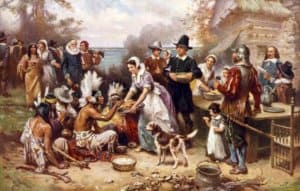
The Mayflower and its journey to the New World was a seismic historical event which changed the course of history for America and the rest of the world. The passengers who survived set in motion a way of life for future generations of American citizens and will always be remembered as having a special place in American history.
